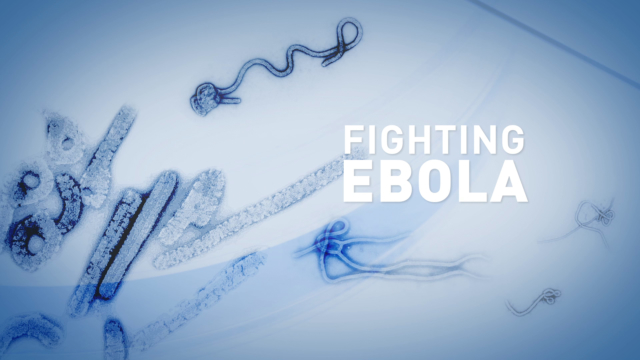As the world scrambles to create a usable vaccine, you can find the latest data and statistics on the Ebola outbreak here. This page is updated as new information becomes available from the World Health Organization.
Last update: Feb. 5, 2015, 12:05 p.m. EST
CASES: 22,478
DEATHS: 8,974
Note: The outbreaks in Senegal and Nigeria were declared over on Oct. 17 and Oct. 19 2014, respectively. ‘Cases’ and ‘deaths’ include all suspected, possible, and confirmed.
Countries with widespread and intense transmission:
Guinea, Liberia, and Sierra Leone have been the hardest hit, both in terms of deaths and the number of cases.
Highly populated areas where people live in close proximity to each other, poor medical infrastructure (in some cases virtually all clinics have completely shut down), poor health education, and traditions such as washing a body after death — when it still remains highly infectious — have contributed to Ebola’s spread.
Comparing all known outbreaks of Ebola:
“This far outstrips any historic Ebola outbreak in numbers,” Dr. Bruce Aylward, WHO’s assistant director-general, said during a press conference.
Almost all previous outbreaks since Ebola was identified in 1976 were typically isolated in one or a few villages, where at most a few hundred died. Plus, the mortality rate was so fast and high — up to 90 percent — “that it didn’t have time to move to other communities,” Kathryn Jacobsen, an associate professor in infectious disease epidemiology at George Mason University, said.
The disease’s spread:
There are not enough resources in Africa to deal with the outbreak, and various countries have pledged assistance in an attempt to stem the spread. This includes 100 tons of health equipment from the EU, 150 U.S. Army engineers to build treatment centers in Liberia, hundreds of health care workers from East African countries, and dozens of disease control experts from China with a promise from Premier Li Keqiang for over 100 million RMB ($16.3 million) worth of aid as of October.
WHO estimated the plan to stop transmission by the end of May, 2015 would cost $489 million and require the assistance of 750 international workers and 12,000 national workers.
READ MORE: Here’s what you need to know about Ebola
Cases in countries with widespread and intense transmission:
Ebola vaccine trials will begin in west Africa in late 2014, with the hope that hundreds of thousands of doses will be available by mid-2015. WHO notes two potential vaccine candidates — one developed in the U.S. and one in Canada — look promising.
“As we accelerate in a matter of weeks a process that typically takes years, we are ensuring that safety remains the top priority, with production speed and capacity a close second,“ said Marie-Paule Kieny, WHO Assistant Director-General of Health Systems and Innovation, in a statement.
Deaths in countries with widespread and intense transmission:
Ebola generally has a 50 percent mortality rate, meaning one out of every two patients will become a victim of the disease. The current outbreak’s rate is 35.6 percent, ranging from roughly 20 percent of cases in Sierra Leone to slightly under 60 percent in Guinea.
Heath care workers are especially vulnerable to becoming infected. At least 822 health care workers in Guinea, Sierra Leone, and Liberia have become infected as of Feb. 1 (the most recent data available). 488 health care workers have died.
Building Ebola treatment units:
A major hurdle to containing Ebola has been getting victims the care they need. Besides many not wanting to go to a hospital or clinic to be tested — a common fear is that clinics are where Ebola patients go to die — there’s a severe shortage of hospital beds in West Africa. As of the latest update, WHO noted about 32 percent of the 7,247 planned treatment clinics (4,611 Ebola Treatment Centers and 2,636 Community Care Centers for when ETCs run out of room) were operational.
 CGTN America
CGTN America
